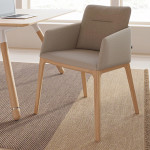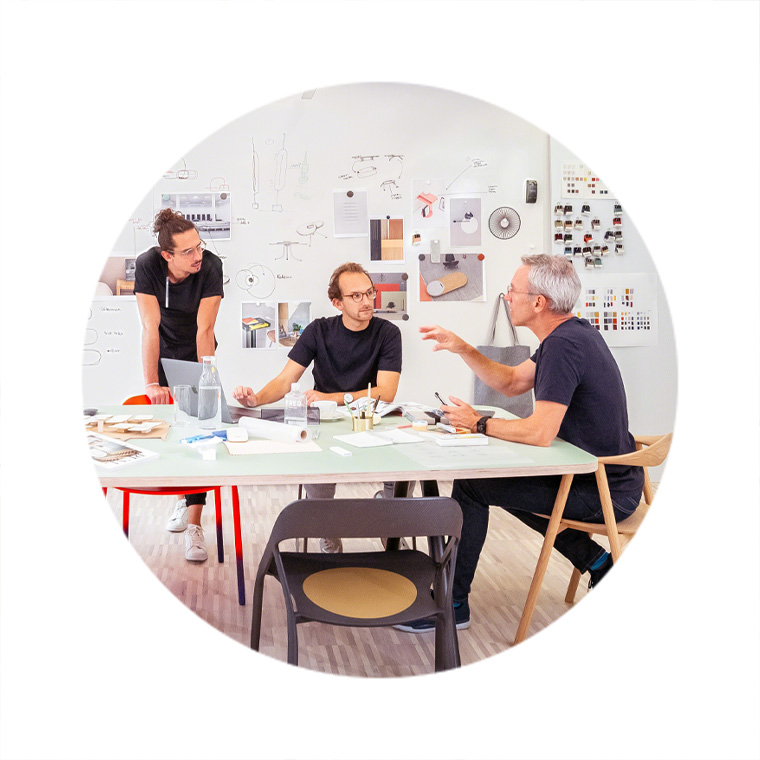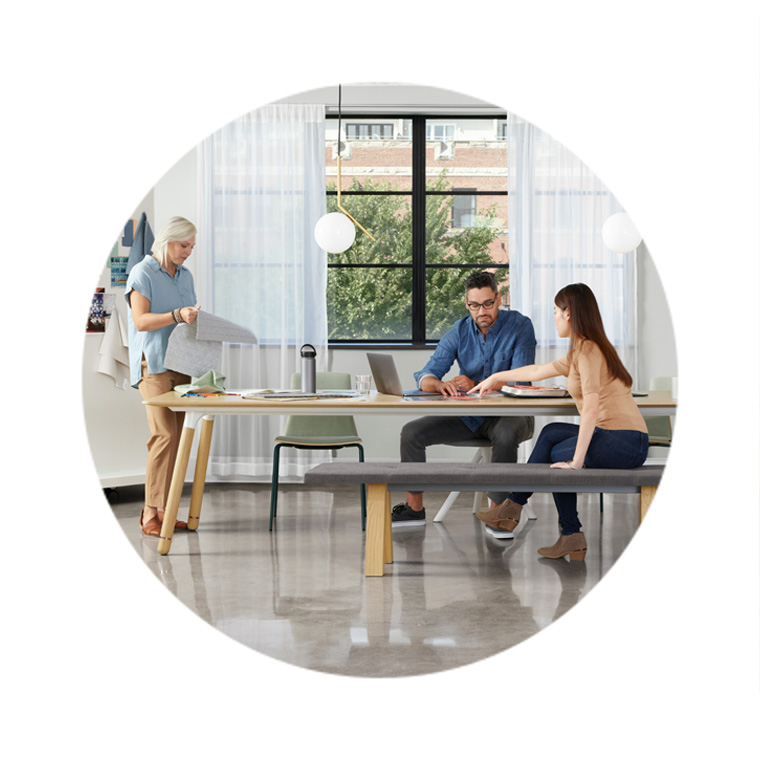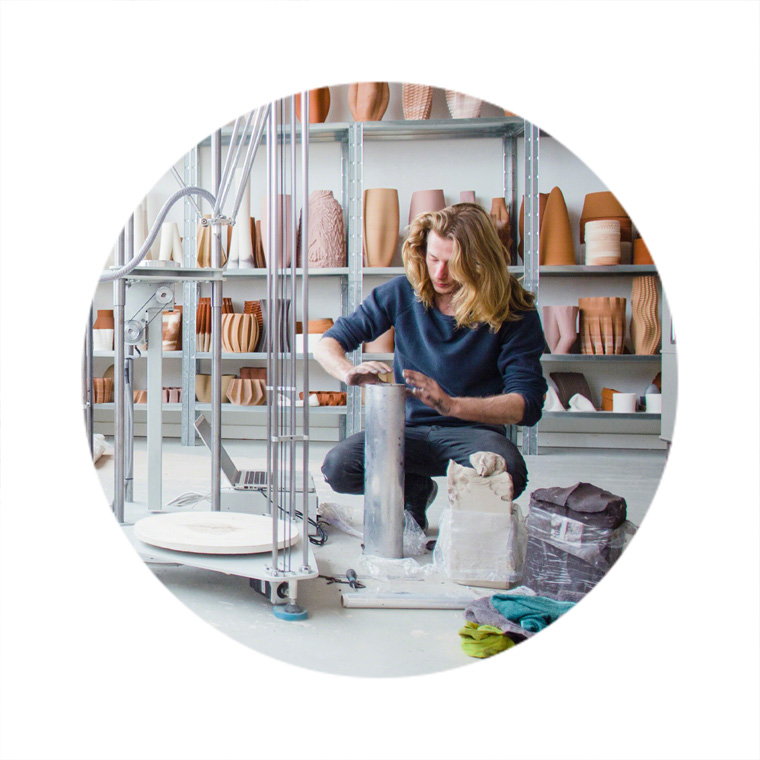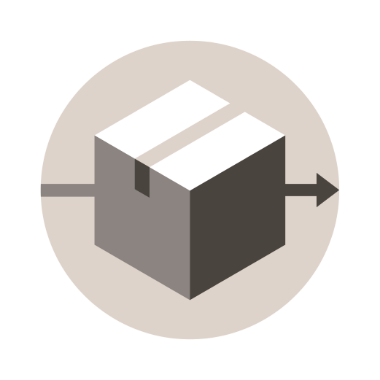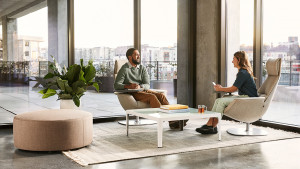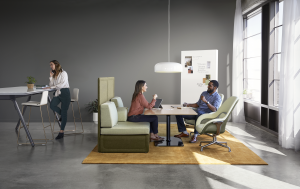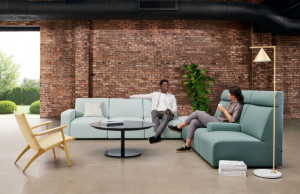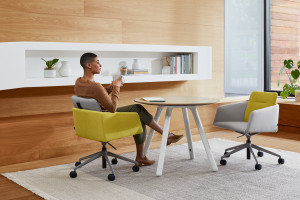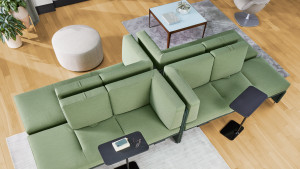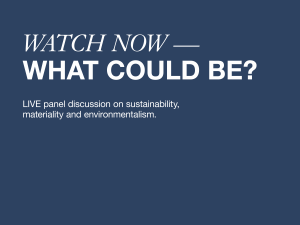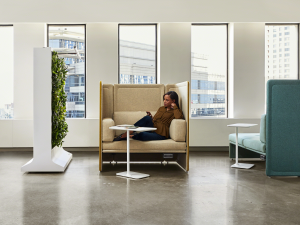Designing Workplaces Employees Will Choose First
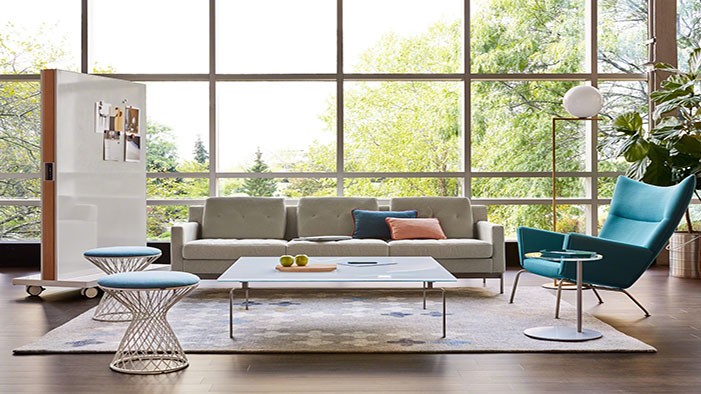
As organizations move increasingly to cloud-based systems, employees have more flexibility than ever about when and where they do their work. Many are taking this as an opportunity to forgo the corporate campus in favor of environments they choose for themselves. For instance, if an employee isn’t satisfied with their workplace, more affordable co-working spaces are entering the market to meet their needs, designed to serve particular interests like networking, privacy, and even ideological goals.
And yet, working remotely limits possibilities for spontaneous collaboration and social connection with coworkers – two things that help both organizations and individuals thrive. To stay competitive in attracting top talent, and to enable talented individuals to achieve their full potential, companies must provide all the considerations that non-traditional co-working spaces provide. As Capital One’s third annual Work Environment Survey found, “Talent today increasingly expects the companies they work for to thoughtfully curate an integrated workplace experience, including design, amenities, and tools to foster the work they need to do, when and where they need to do it.”
Read on to explore how companies can create spaces that employees want to work in – spaces that anticipate their needs and inspire real desire to come to the office each day.
The Building Blocks of Choice
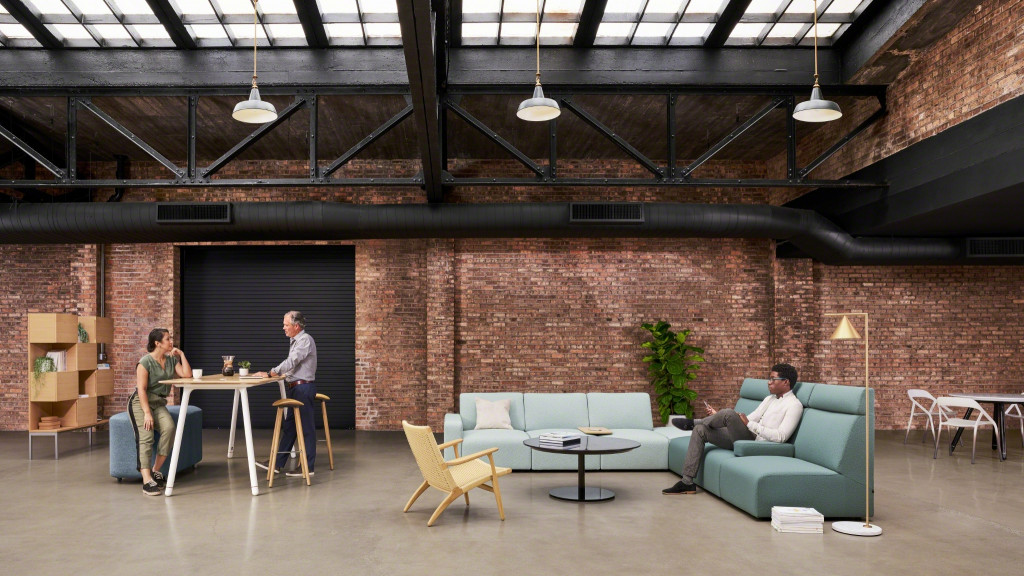
Workplace Insight observes that “the workplace is not simply a cost centre that must continuously be cut, but a tool that can actively aid strategy in a number of ways.” Of course, the ways that an environment can aid strategy are determined by the specific tasks carried out in that workplace, and the unique needs of the people who inhabit it.
Work Design Magazine recommends an evidence-based approach that considers not only the different work modalities of an organization – such as collaboration, rejuvenation, and solo work- but also how often each work mode is experienced. They note that “this type of research provides a framework for designing spaces intentionally and helping occupants see clearly how the space is intended to support them.” This might mean prioritizing private enclaves in an office that hosts mostly analytical work, or offering a greater number of expansive, comfort-driven settings for a more collaborative organization. What is essential is to anticipate the particular kinds of environmental choices an employee will be making, and empower them to do so.
It’s also important to consider that different individuals will choose different environments to facilitate their best work. OnOffice Magazine reminds readers of the importance of designing for neurodiversity, as “people who learn and think differently bring different skills and different solutions that are critical to success in the modern age of business.” Offering a palette of place with varying degrees of visual stimulation, privacy, and opportunity for mobility allows each employee to tailor their environment to their task.
Another way to create flexibility within the workplace is to include kinetic elements: moving partitions, articulating seating solutions, or mobile displays. As the New York Times reports, “a growing emphasis on teamwork often requires temporary settings for groups working on short-term projects.” Designers can facilitate agile thinking with a more responsive physical environment.
Consider The Acoustic Landscape
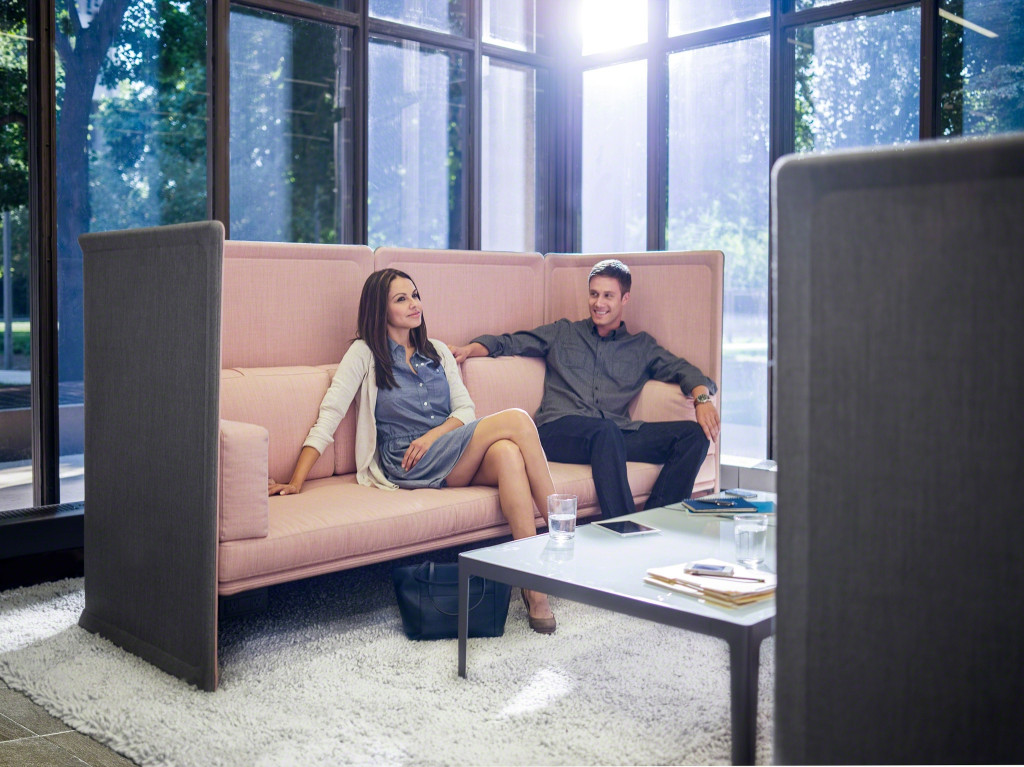
Sound is an essential component of the work environment; too much or even too little noise can hurt focus and even affect health. The BBC reports that “noise annoyance itself has been linked to depression and anxiety [and] issues concentrating in the workplace due to office noise and intermittent noise has been found to significantly reduce human performance.”
Work Design Magazine notes that an inclination toward sleek, minimalist designs and smooth, hard surfaces can exacerbate the challenge of making workplaces aurally comfortable. A variety of textures – lush textiles like woven rugs, or even living walls of plants – can improve sound comfort and enhance the workplace with beauty. Enclaves and breakout spaces can create acoustic privacy for confidential tasks, heads-down work, or rejuvenation to reduce anxiety and distraction, too.
Offer A Warm Welcome To Work
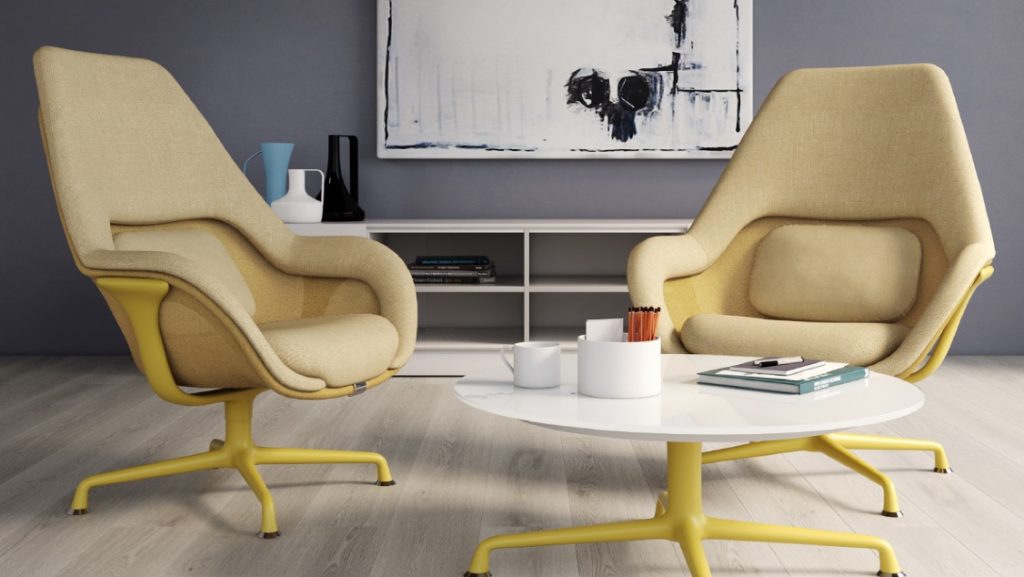
People prefer to spend time in comfortable places – so why would the office be any different? Often, the co-working spaces and coffee shops that draw workers away from the office offer soft, low profile seating inspired by residential environments. Designs like SW_1 smoothly transition the relaxed postures we choose at home to the workplace.
Also consider modular systems like Lagunitas, which include options for both privacy and collaboration within a unifying aesthetic and an emphasis on comfort. Or, bring a modern rocking chair into the office for team members who do their best thinking while in motion. Embracing warmth and residential influences can transform the office from a place employees have to be into a place employees choose to be, gladly.
To learn more about residential inspirations in the workplace and balancing comfort with inspiration, check out our blogs on Resimercial Design, Comfort in the Workplace, and Instilling Vitality.

